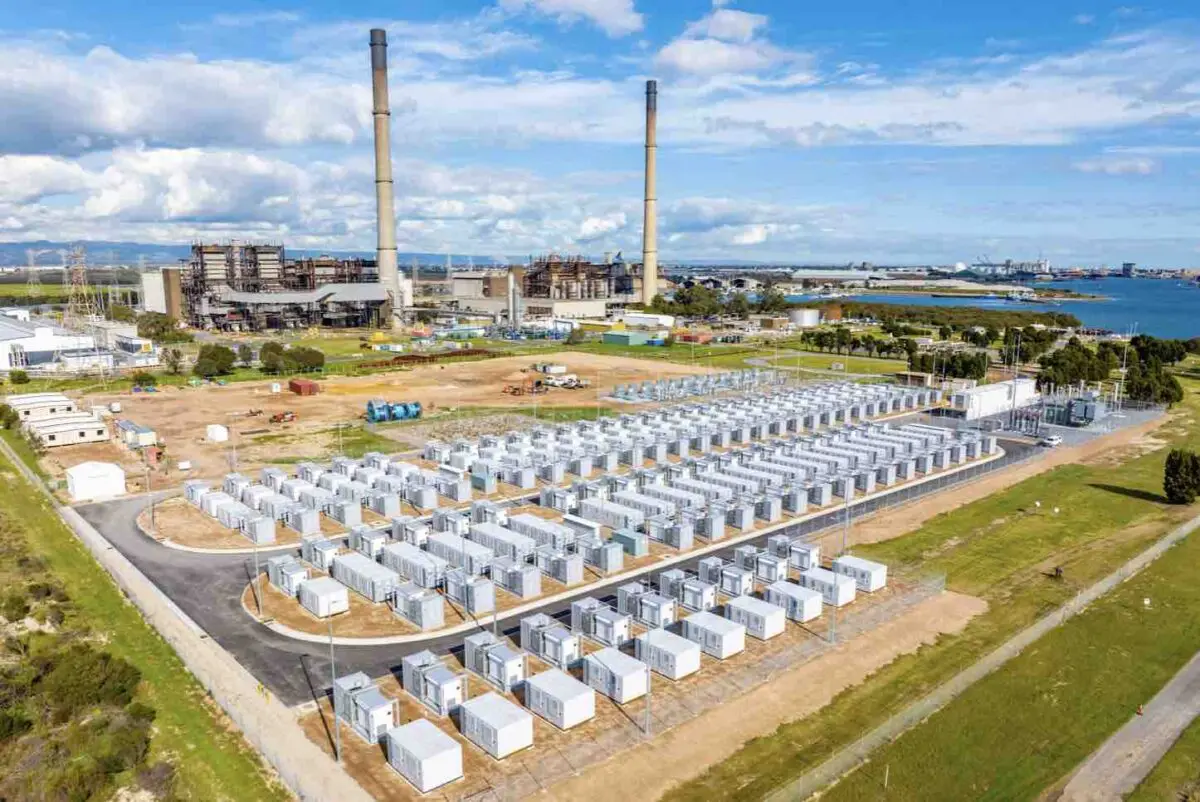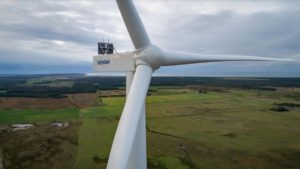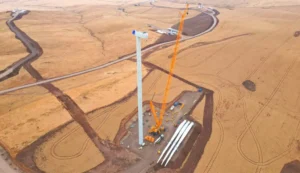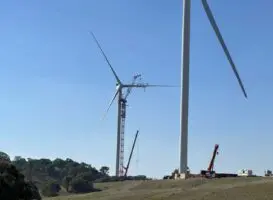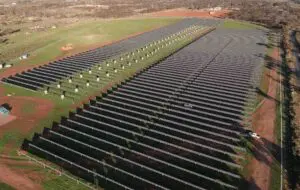The rapid evolution of Australia’s energy system continues apace as the mild weather of spring and new production benchmarks give voice to the new capacity that has been added over the past 12 months.
As noted earlier this week, spring is the season for new records because of the good conditions and moderate demand. In South Australia on Sunday, solar set a new record of 120 per cent of local demand in the state (the excess was exported to Victoria) and on Wednesday and Thursday it was the turn of wind and battery storage.
Wind hit a peak of 141.4 per cent of local demand at 4.35am on Thursday morning. That wasn’t a record in itself, but the big share of wind and later solar during the daytime was accompanied by a record amount of activity from the state’s growing fleet of big batteries.
According to data providers GPE NEMLog 2, the big batteries were sucking up a new record of 322MW at 11.35am on Wednesday, and continued at high levels through the morning, and on Thursday.
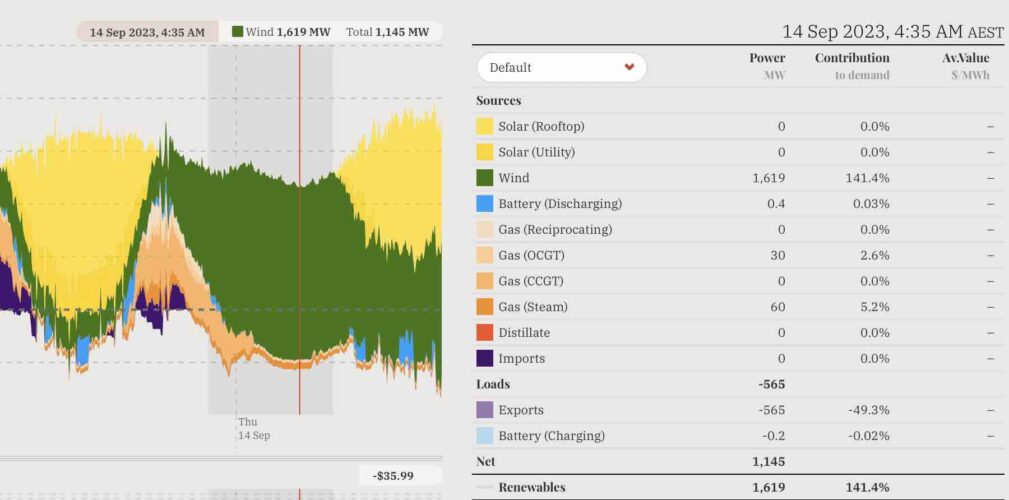
The attraction was clearly the negative prices, meaning that the batteries were ostensibly paid to charge. But there was also a lot of discharge activity on both days – up to 250MW or so – even at those negative prices, which we assume is the result of testing at the newly connected Torrens Island battery (250MW/250MWh).
The growth of battery storage in the state – there are several more even bigger battery projects under construction, or with newly-won connection approvals – means that the peaks of wind and solar share will jump ever higher as more wind and solar can be accommodated in the grid.
Within a few years, the new interconnector to NSW will allow even more wind and solar, and less curtailment. In turn, that means that the average share of wind and solar will jump from just over 70 per cent now (on a rolling 12 month basis) towards net 100 per cent.
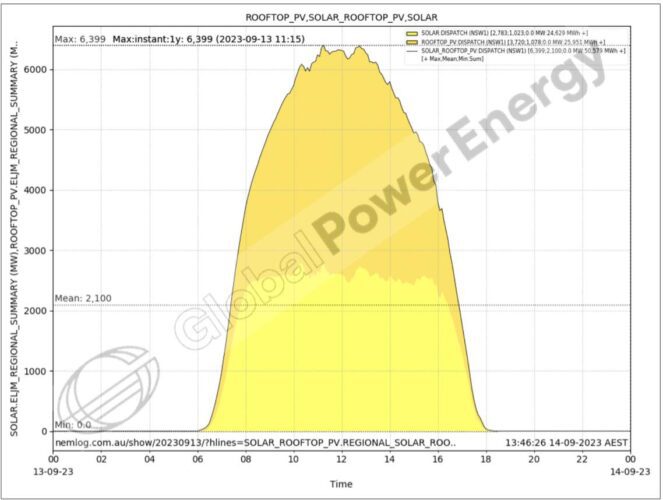
South Australia was not the only state to set new records this week, with NSW recording a record share of 70.77 per cent on Wednesday morning, according to GPE NEMLog, the first time that has gone passed 70 per cent, which makes life interesting for the remaining four coal fired power stations.
In Western Australia, the output of rooftop PV also set a new benchmark of 1,891MW on Sunday, according to the market operator, taking it close to the record share of 74 per cent distributed solar – which is high on a network with no connections to another grid.

